

Because hidradenitis suppurativa (HS) is often mistaken for an infection, a long delay in diagnosis is not uncommon.1 Dermatologists typically assess the signs and symptoms of HS on a scale - these categories are developed from a clinical measure of severity called the Hurley scale:1,2
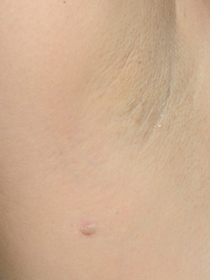
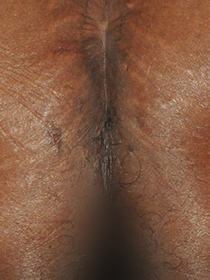
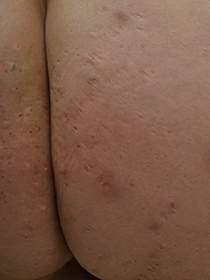
Single or a few isolated boils without sinus tracts or scarring1,2
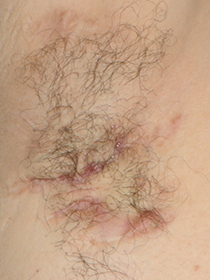
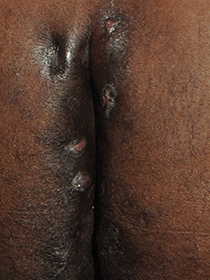
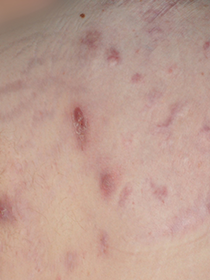
Recurring boils in multiple areas with scarring and sinus tracts1,2
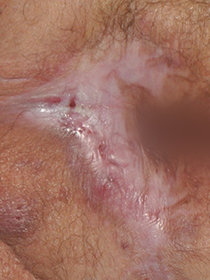
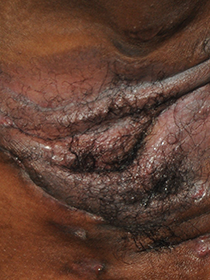
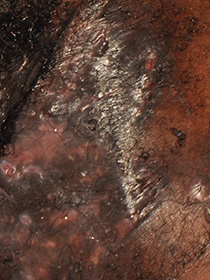
Widespread boils with multiple interconnected tracts across the affected area1,2